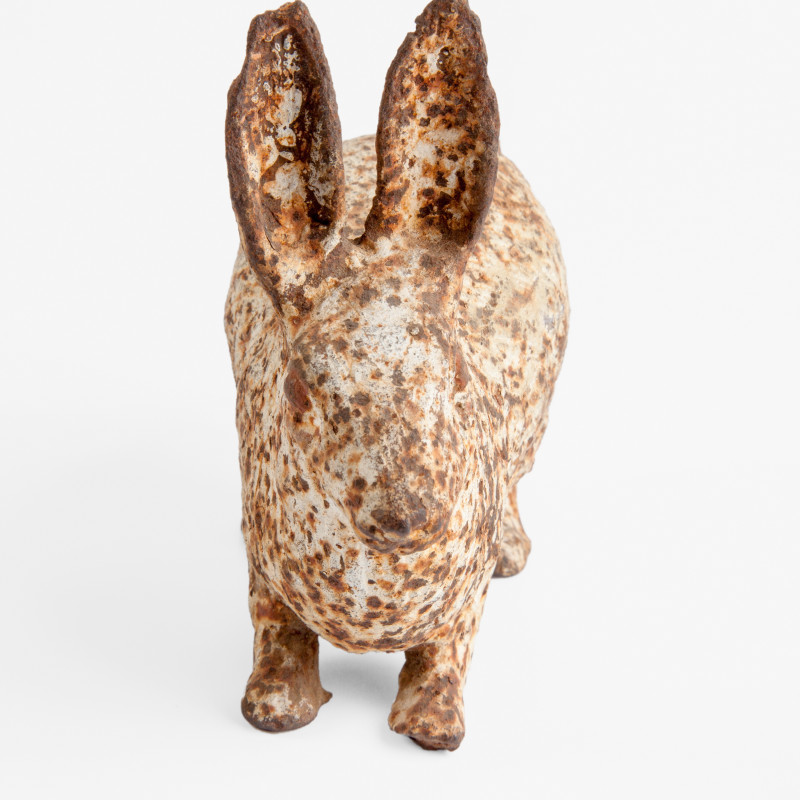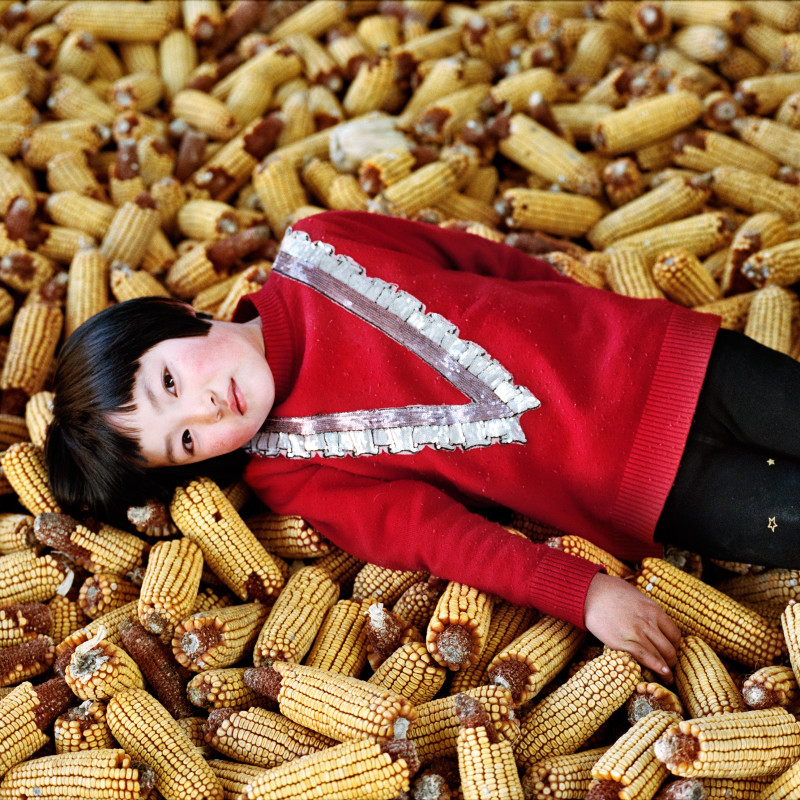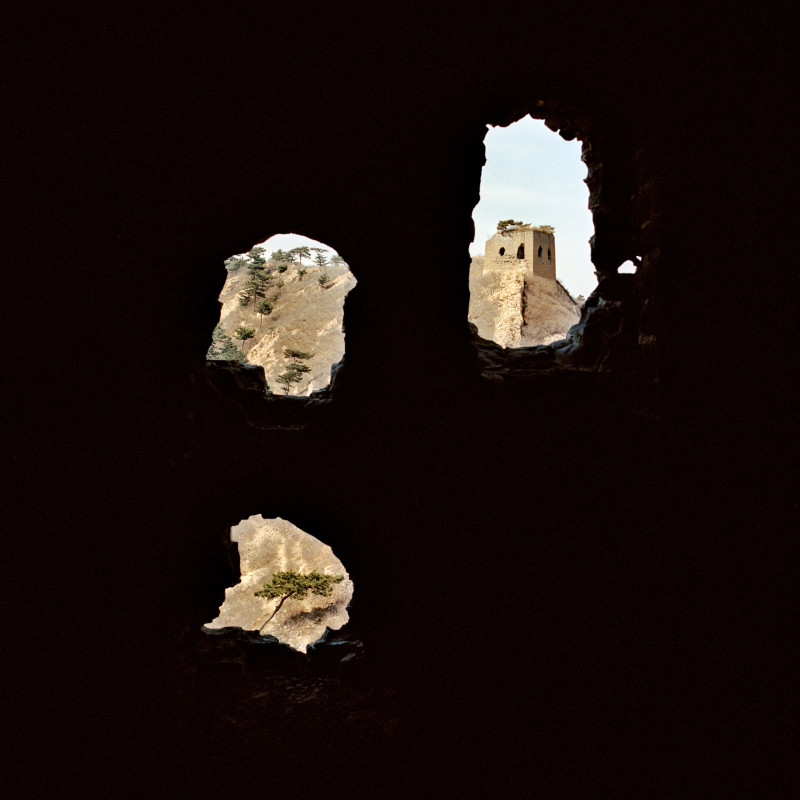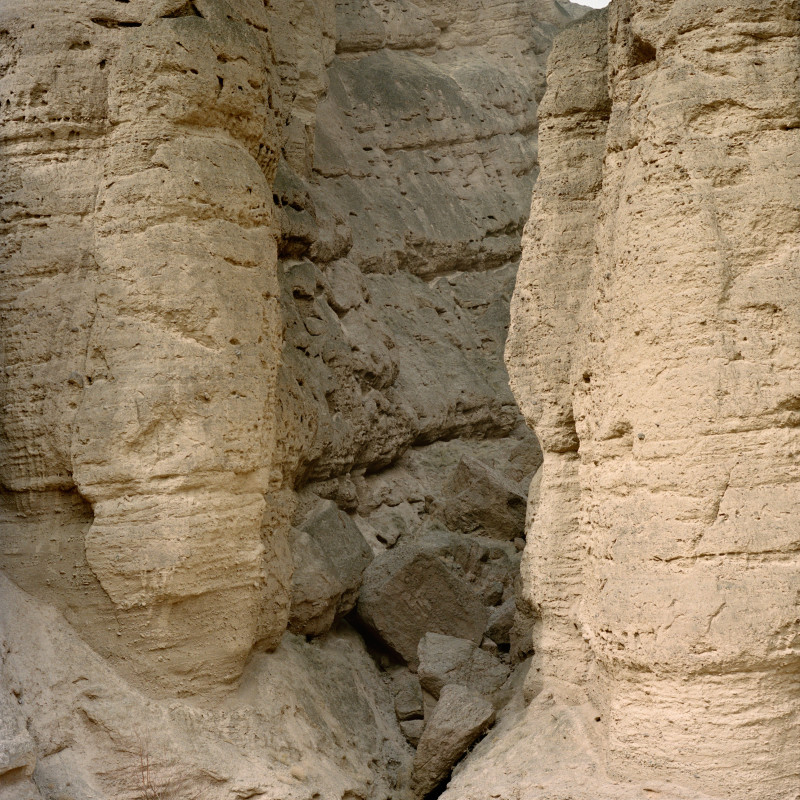XU XIAOXIAO
b. 1984, Qingtian, China
Photographer Xu Xiaoxiao was born in southeastern Qingtian near Wenzhou and immigrated to the Netherlands when she was 14 years old. Spending half her life in the Netherlands changed her view on China. Her identity can not be defined straightforward anymore, she is both an insider and an outsider. By photographing locations, people and objects that arouse confusing and alienating feelings she manages to find a balance between her origins and her present life. She graduated cum laude from the Photo Academy in Amsterdam in 2009 followed by a solo show in FotoMuseum Antwerpen and worked on personal projects since. In 2016 she published "Aeronautics in the Backyard", a project that won numerous prestigious book awards over the last couple of years.
More information: www.xiaoxiaoxu.com.
WATERING MY HORSE
BY A SPRING AT THE FOOT OF THE LONG WALL
The Great Wall of China is generally recognised as one of the most impressive architectural feats in human history. Originally build to separate states and keep northern invaders out, the collection of fortifications became a part of a shared perception of Chinese history and identity. The appeal and fascination of the Wall lie in its mutable and contradictory nature: a symbol of power, of fear of the other, of isolation and of unity. Despite this widely shared mythical perspective, it is not just a partition between cultures or a symbol of power, it is a place where people have been living, working, and preserving traditions for centuries. Despite the decline, many still have a lively relationship with it today and try to honour, restore and protect it where possible.
For Watering My Horse, photographer Xu Xiaoxiao followed the lives of the people along the foot of the Great Wall. She started with the section from the Ming dynasty and takes us to the ruins of the older parts in an attempt to discover the impact of fast-growing China on this massive landmark. She asked herself the question what the wall reflects today? Which elements have disappeared and which remnants have survived? Thousand of kilometres away from the popular touristic areas she noticed that many villages were inhabited by the elderly and children, as youngsters leave the area to make money in nearby towns.
Instead of viewing the Wall as a barrier laden with military meaning, Xu's view is less defined and focusses on human activities in its shadow. She captures the ordinary, everyday life of people, grabbing the desolate atmosphere and melancholic state of time. In a way she uses the myth of the wall to show the mirror image of contemporary China's rapid urbanisation process. She makes us a direct witness of her search to places where old traditions are still alive but gradually disappearing. The project focuses on the visual transformation of this process. Just like in her previous work "Aeronautics in the Backyards" where Xu photographed farmers striving to build their own aircraft, the project includes poetic essay from writer Maria-Caterina Bellinettia published in a delightful photobook. Xu Xiaoxiao proves to be a colourful and brilliant storyteller yet again.
Artists: Xu Xiaoxiao
Curator: Ruben Lundgren





